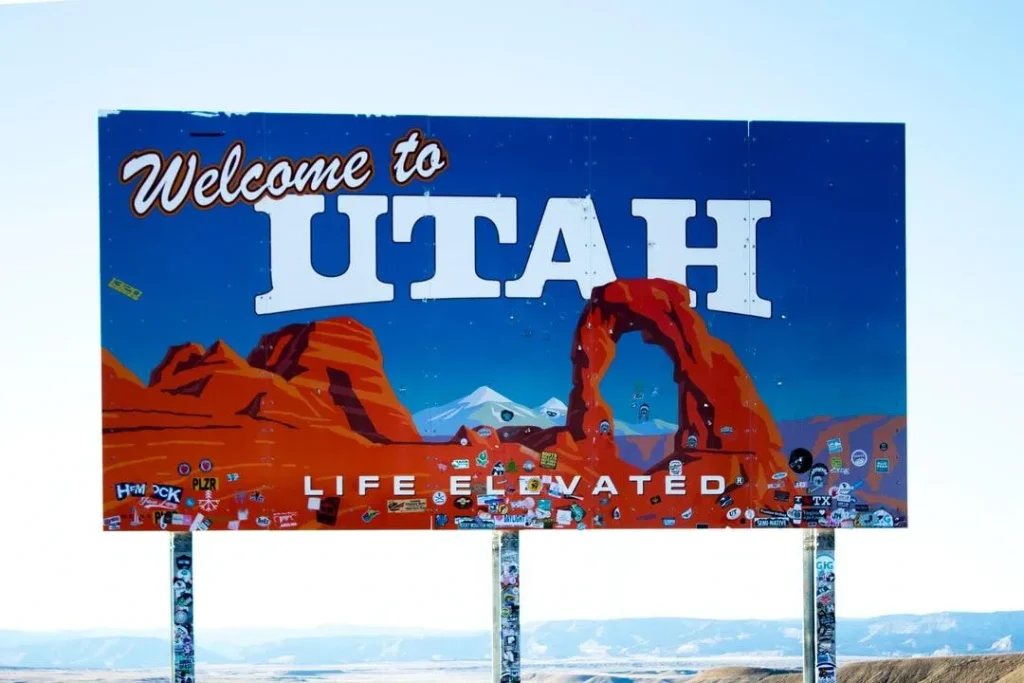The Intersection of Trike Cycling and Cultural Exploration

What makes trike cycling more than just a ride? This form of travel gives you more than a view—it gives you perspective. Each turn of the wheel brings you closer to something unfamiliar yet meaningful.
People ride for many reasons, but culture is often the true path. It’s not always fast or loud, but it’s always real. Trike cycling becomes part of the story, not just the journey.
In this blog post, we will discuss how trike cycling can be a unique way to engage with global cultures. Keep reading.
Discovering Folk Traditions One Pedal at a Time
Many cultural traditions live in small towns and rural spaces. Trike cycling makes these places more accessible, offering a quiet approach to ancient customs. You can arrive without disrupting the scene, making it easier to observe.
In parts of Asia and Europe, festivals still follow centuries-old rhythms. Dancers in regional dress and local musicians still gather in open squares. Pedaling through such scenes creates a natural bond between the visitor and tradition.
Unlike tour buses or loud vehicles, trikes feel integrated into the environment. They don’t rush through cultural spaces—they linger. This slower pace supports a deeper connection with customs that still thrive today.
Navigating Ancestral Pathways with Three Wheels
Trike routes often cross old trading paths, religious routes, and family trails. These lines of travel carry stories that belong to many generations. Riding them means following history, not just pavement.
In Central America, riders can cross footpaths once used by Mayan traders. In Europe, the journey may follow Roman roads, still linking distant regions. These paths tell stories of migration, resilience, and exchange.
Three wheels give stability to navigate both modern roads and rustic lanes. That access opens up living museums, villages, fields, and borderlands, where the past is still present. Riding these spaces means experiencing movement the way locals once did.
How Trike Routes Mirror Local Identity and Belonging
Trike routes often follow the heart of local life. They move through places where people gather, work, and celebrate. Each turn shows what the community values most.
These routes are shaped by culture, not just convenience. When paths go past farms, markets, or old buildings, they reflect deep roots. This is where using recumbent tricycles comes in handy, allowing riders to explore with comfort and care.
Every ride becomes a chance to learn something new. You feel the rhythm of the town as you move with it. Riding these paths brings you closer to the people and their way of life.
Trikes and the Revival of Forgotten Cultural Spaces
Some cultural sites fade when roads or trains skip them. Trike cycling helps bring life back by offering a slower, more intentional visit. Small towns and forgotten districts regain value when people arrive with curiosity.
Abandoned colonial towns, fading mining camps, and river villages may be off the usual map. But with the help of a 3-wheel e-bike, these places become reachable again. And when they are seen, they are remembered.
Local governments sometimes restore old places because of cycling interest. Trike visitors provide a reason to repair trails, signage, and public spaces. This revival turns a cultural loss into a shared gain for locals and travelers alike.
Witnessing Daily Life in Remote Villages Through Sustainable Travel by Trike
Trike travel through remote villages gives a real look at how people live. You may see early cooking fires, children walking to school, or farmers starting their day. These moments feel honest and full of meaning.
Sustainable travel means moving without harm. Riding a trike is quiet and gentle, which helps you blend in. It also helps cut down your carbon footprint while you explore new places.
This kind of travel brings respect to both people and land. You see more by slowing down and staying present. Each ride becomes a way to connect with life that often goes unseen.
Trike Adventures Through Regions Where Bicycles Shape Culture
In some places, the bicycle is more than a tool—it’s a symbol of identity. From the Netherlands to Vietnam, bikes shape daily life and how people engage with each other. Trike riders entering these areas join a deep cycling heritage.
In Dutch towns, bike lanes are built with social interaction in mind. People greet each other, stop for coffee, and share space respectfully. Trikes fit into this system with ease and respect.
In Southeast Asia, cycles often serve entire families and businesses. When you ride a trike there, you’re not a tourist—you’re part of the system. That cultural shift is both humbling and enlightening for the traveler.
Cultural Storytelling on Wheels: Trikes as Mobile Observers
Trikes offer a moving window into lives and landscapes. They let you see stories unfold—ones not staged or advertised. These stories are raw, current, and shaped by place.
You may pass a wedding, a political rally, or a harvest. Each event becomes part of your journey and your understanding. With three wheels, you can pause without blocking, watch without intruding.
Being a mobile observer teaches you to read subtle signs. Clothing, gestures, and public art all speak to deeper values. Trike cycling puts you close enough to notice the details that reveal the bigger story.
Tracing Generational Wisdom Through Pedal-Powered Travel
Communities often pass knowledge down through experience, not books. Triking through their spaces reveals how those lessons live on. You’ll see farming styles, building methods, and rituals done the old way.
Elders often sit along village edges, watching roads and greeting riders. A respectful nod or wave can lead to a longer exchange. These moments share insight that isn’t in guidebooks.
Three-wheeled travel creates time to notice these moments. Pedal-powered movement is slow enough for connection and real learning. That’s when generational wisdom turns from hidden knowledge into a shared gift.
Why Trike Cycling Is the Key to Cultural Discovery
Trike cycling opens doors to places and people you may never see by car or bus. It gives you the time and space to see real life, not just attractions.
This kind of travel teaches you more with each mile. Slow down, look closer, and see what’s waiting beyond the usual roads. Start your trike cycling journey today and connect with a world that still moves at a human pace.
Did you find this article helpful? Visit more of our blogs!





